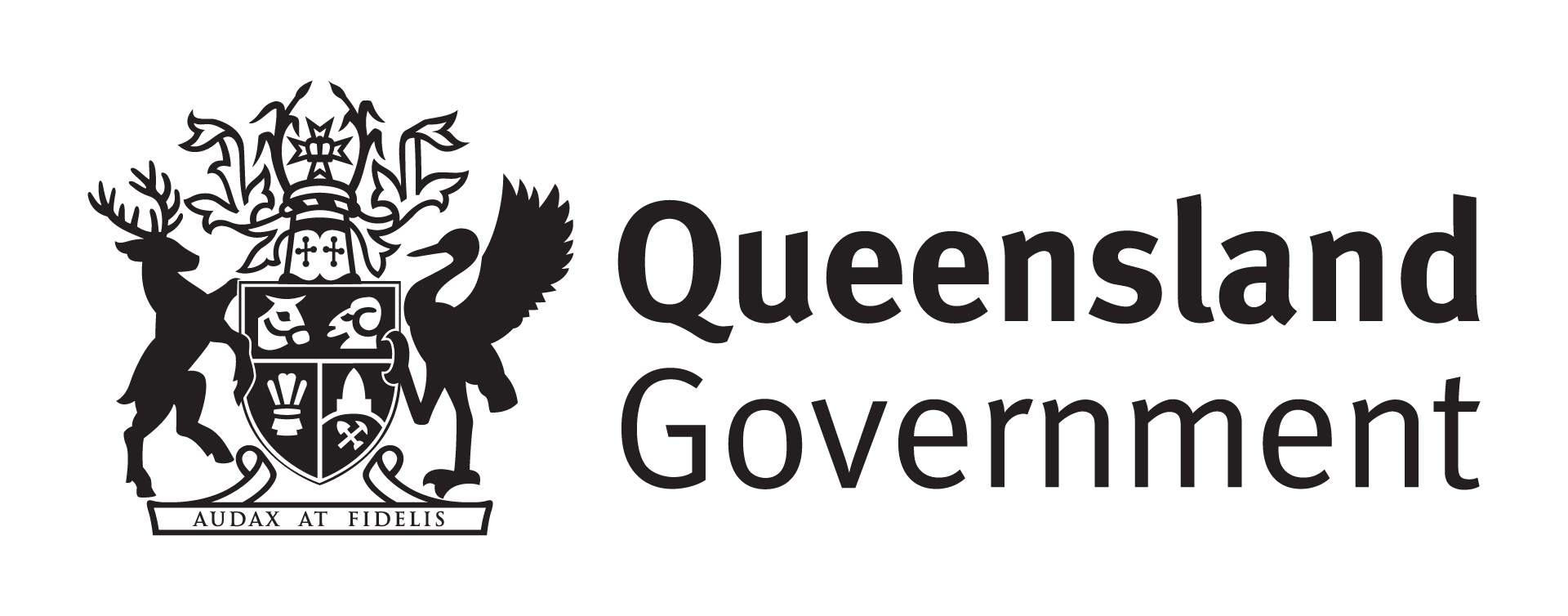22 February 2023
Integrated Connected Data for Safe, Efficient Traffic Management

ITS Australia
This project aims to identify and analyse specific aspects of existing and emergent connected and other vehicle and traffic data to identify how these could supplement and improve existing network management approaches and be integrated with modern traffic control systems in the near term.
Such a project would be highly consistent with long-term safety and mobility goals while providing specific traffic system, and driver behaviour, improvements in the short term.
The focus of this activity is locations where operators have the ability to control or manage the use of the network. As such, the focus would be on outcomes primarily at signalised intersections, considering inputs from all locations across the system.
Project Background
Current traffic management systems are typically controlled based on relatively simplistic inputs, such as inductive loops. In recent years there has been significant growth in the sensors available to network operators as well as the data sources available, including the market penetration of connected vehicles (CVs) and the provision of telecommunication infrastructure.
The potential for these new and emerging sources to contribute to existing network control practices, particularly signalised intersections, present opportunities to improve traffic movement and reduce congestion.
Traffic signal control management could be more effectively optimised by utilising traffic probe features transmitted from modern vehicles in real-time. Such use of data is also critical to an ongoing drive to improve safety in and around intersections – not only for personal vehicles but also for vulnerable road users, public transport service vehicles, and freight vehicles.
There are already a large number of roadside technologies in place, particularly at intersections, such as cameras and sensors, that have been deployed to enhance movement and safety. There is now an opportunity to analyse and model other real-time, vehicle-centric data sources to assess potential optimisation applications.
Cost considerations also favour this limited and targeted use of existing or emerging data, offering a highly favourable return on investment, considering that existing state-of-art camera installations are priced at ~$20k. There is an opportunity to assess the current situation and model both the economic impacts and potential for network/signalling optimisation with the targeted deployment of site-specific technologies. The project will closely evaluate implementation outcomes and run simulation models to test insights and intelligent automatic changes to SCATS/signal systems.
The project makes an important distinction between the still-emerging technological future vehicles and existing vehicle and other technologies that are already commercialised and gaining ever wider market acceptance, however are not presently used as an input to control systems.
In the former case, the deployment of connected vehicles (CVs) requires an extensive standardised ecosystem, subject to significant trials, public-private cooperation and technological decisions by global vehicle manufacturers and their suppliers. While this national “top down” process remains on-going – and needs to fully come to grips with the transformational potential of connected vehicles and infrastructure – there is an opportunity to begin with incremental improvements to current traffic control practices.
Such bottom-up improvements do not require a fully-defined concept of operations for connected mobility. Nor do they enter the difficult domain of real-time driver information and warnings. Rather, the use of this new and emerging data will be focused on the road network operator’s domain, with an intent of supplementing existing inputs and operational approaches.
The project aim is to identify and analyse current network management approaches, and where existing and emergent connected and other vehicle data and underlying infrastructure data can be integrated with modern traffic control systems in the near-term to improve operations. This project is highly consistent with long-term safety and mobility goals, while providing specific traffic system and driver behaviour improvements in the short term.
Project Objectives
The objective of this research project is identifying and evaluating opportunities in current traffic management approaches that can utilise the “low-hanging-fruit” of real-time positioning and motion vehicle data as well as other existing sensors and data sets that do not presently contribute to network control.
We will investigate and evaluate the opportunities of utilising this data for transport multimodal management and operations. We will also examine and evaluate how these new data sets can enhance existing transport management.
Example use cases include:
- Traffic delay reduction at signalised intersections; this includes new methods for optimal signal control with queue length data and probe speed profiles; improved understanding of headways or vehicle acceleration; corridor coordination; and integration and implementation with SCATS and STREAMS.
- Multimodal traffic operations and signalised intersections, including public transport signal priority and occupancy-based priority schemes; public transport service headway maintenance; and freight and emergency vehicle priority; this often requires integration and implementation with SCATS and STREAMS.
- General traffic management use cases with real-time vehicle positioning data or other emerging datasets, including anomaly detection and disruption management, network performance monitoring applications for safety and efficiency; macroscopic network control, network bottlenecks, speed profile and variability analysis, and incident management.
- Comparing real-time multi-modal performance metrics with desired strategic performance objectives (e.g. Level of Service goals from DoT’s Movement & Place framework), such that traffic signals are only optimised for the appropriate mode(s).
These (and other identified use cases) will consider how operations could be better performed with greater understanding or awareness of network conditions, provided by these new and emerging datasets.
Noting these use cases must consider all system users (including pedestrian and active transport), as well as the outcomes being sought by transport authorities.
The data will be used to provide insight into the quality and quantity of the data needed for effective network management. This could also include additional and targeted data collection around the intersection to examine the effectiveness of connected vehicle data for safety evaluation (sharp deceleration and acceleration) as well as fusing the data with other technologies.
In doing so, we may simply use the connected vehicle in a very basic fashion (i.e. only GPS data without HD mapping) or use camera data to provide detailed information at intersections. We will also look at the possibility of using connected vehicle trajectory data for transport management as well as anomaly detection.






